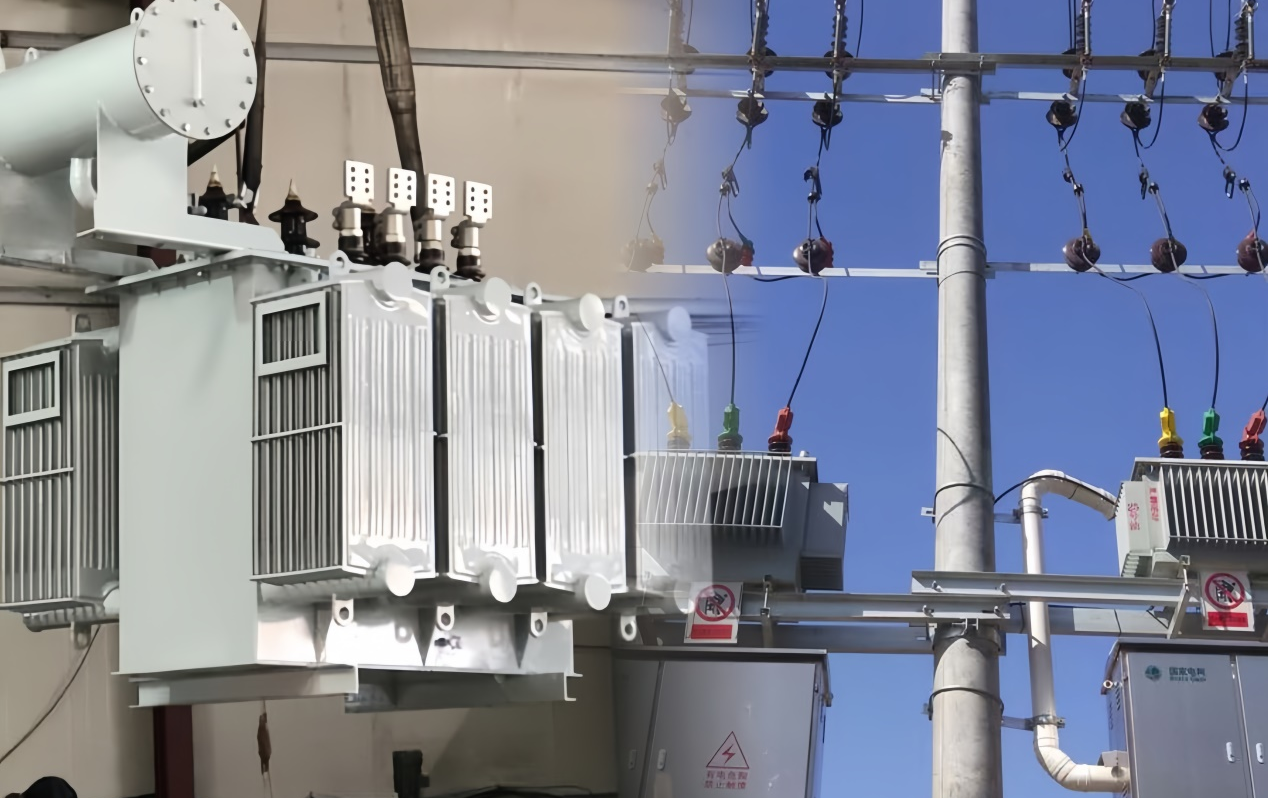Materials and classification of transformer leads
2024-04-28
2024-4-28
The wires connecting the external terminals of the transformer winding to each terminal of the winding are called leads. The external power supply energy is input into the transformer through the leads, and the incoming power is also output from the transformer to the outside through the leads.
Leads mainly fall into the following categories:
(1) The lead-out wire connecting the winding wire end to the casing;
(2) The connecting leads between winding terminals;
(3) The tap lead connecting the winding tap to the switch
Lead materials generally include:
(1) Bare copper rods, applicable scope: 10kV transformers of 6300kVA and below;
(2) Paper-wrapped round copper rod, applicable scope: 10~35kV small capacity transformer;
(3) Bare copper bar, applicable scope: low-voltage winding leads of 10kV and below;
(4) Copper stranded wire, applicable scope: leads of various voltage levels, especially 110kV and above;
(5) Copper tube, applicable scope: transformer leads of 220kV and above.
In order to ensure sufficient insulation distance, the leads are insulated through laminated wood and cardboard parts, which must meet the requirements of electrical performance, mechanical strength, and temperature rise. The selection of the lead is also based on the electric field strength and mechanical strength, as well as the temperature rise during short circuit and the temperature rise during long-term load.





